Stop Water Damage – Dryout and Cleanup Guide in Houston
By Shantell Moya · 4 months ago · 13 min read
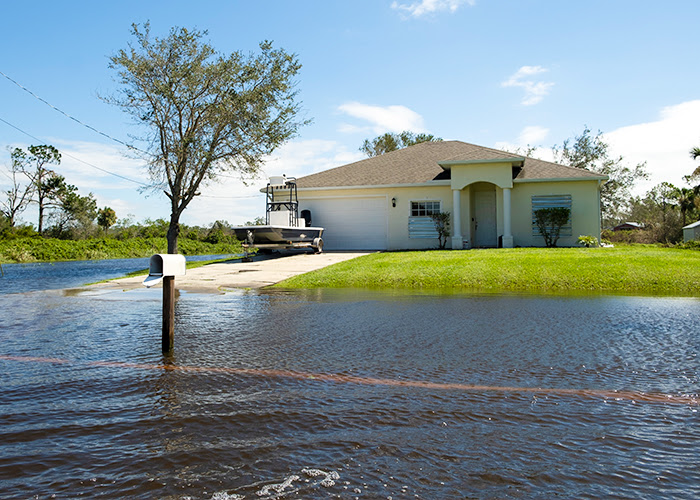
Time is your biggest enemy when water gets into your home. Restoration crews see this pattern all the time – homeowners who jump on the problem within the first four hours usually wind up with 60% less structural damage compared to homeowners who wait until the next day to start the cleanup. These are the exact steps that can protect your property value and your family’s health, and that’s even more true here in Houston, where the climate works against you.
You can either fix a small problem that you can knock out pretty fast, or watch your entire setup completely fall apart, and then it usually takes months to rebuild from that mess just to get back to where you started.
Let’s go over the important steps that will protect your Houston home from expensive water damage!
What Should You Do When Water Damage Hits
Water damage in your home can get out of hand very fast if you don’t jump on it immediately – those first thirty minutes will probably set the tone for how this whole situation goes.
Your very first move should be to find your water main and turn it off as fast as you can. Hurricane season has a nasty habit of taking homeowners by surprise, and the last scenario anyone wants is to be frantically searching around their property while floodwater is already starting to pour into their home.
After you’ve stopped the water at its source, you need to take care of the power situation immediately. Water and electricity make a dangerous combination that can kill you, so don’t mess around with this part. Walk to your breaker box and turn off the circuits that go to any rooms with water in them. It’s much better to lose power for a while than to take a chance on electrocution.
Get a friend to start snapping photos and recording videos of everything during these safety steps. Insurance adjusters are going to want proof of what happened, and you won’t remember all the details later during the claims process. Make sure to document the damage from several different angles and don’t start cleaning up or moving anything around until you’ve taken plenty of pictures.
Many homeowners make a couple of big mistakes during this process, and you want to avoid them. Don’t sit around waiting to see if the water will just go away on its own – it won’t. Houston’s humidity will turn any standing water into a mold breeding ground within a day or two. Also, don’t grab your regular household fan and think that’s going to solve the problem. Professional water-extraction equipment exists for solid reasons, and trying to dry areas out with the wrong tools usually just pushes moisture into places where you can’t see it.
This whole process can get pretty stressful when water damage hits your home. Just take a deep breath and work through each step slowly and carefully.
The Three Types of Water Damage
Water damage falls into three categories, and each one calls for a completely different way of handling it. Clean water damage is usually the simplest type. Your AC condensation line might back up, or a supply line could suddenly burst on you – either way, this water is still pretty clean since it hasn’t touched anything gross yet. You can usually clean this up yourself without worrying about becoming ill.
Grey water is where the situation starts to get a bit more tricky for most homeowners. Your washing machine might suddenly overflow on a random Tuesday, or maybe your dishwasher springs a leak and floods half of your kitchen floor. This water contains soap residue, small food particles, and other kinds of debris that all get mixed right into it. It looks cloudy and gives off a slightly unpleasant odor that’s hard to miss. At least grey water usually won’t make you very ill if you come into contact with it, and taking a few extra safety steps during the cleanup is definitely worth it, though.
Black water represents one of the most dangerous situations any property owner will ever run into, and Houston gets hit with this problem fairly regularly during bayou floods and big storms. This contaminated water carries raw sewage, industrial chemicals, and all sorts of hazardous materials that can make you very sick if you get exposed to it. These warning signs are pretty hard to miss – the water looks dark and murky, and it produces a very foul odor that tends to stick with you long after you smell it. Heavy rainfall causes storm drains to start backing up and overflowing, and once that overflow mixes with raw sewage from damaged sewer lines, all that contaminated water can very quickly find its way into homes and businesses throughout the area.
Wall and floor stains can tell you which category of damage hit your home. Water temperature is another helpful clue. Hot water from a broken water heater acts differently than cold water seeping through your foundation. Houston’s clay soil causes foundation problems all the time, so watch for any cracks or movements in your floors and walls.
Tools and Methods for Water Removal
Water extraction needs to happen fast in Houston because our humidity makes everything way worse if the water sits around. Waiting too long lets damage pile up quickly.
Towels and mops work fine for smaller spills and minor water problems. These basic tools work if you catch the water early enough. Water that spreads past a few square feet requires better equipment. A wet/dry vacuum handles moderate water problems quite well and pulls moisture out of carpets and hard floors.
Submersible pumps become necessary in major flooding situations. You can rent these pumps from several different places around the Houston area. Just learn how to use them properly first.
Water damage cleanup gets pretty stressful once you’re standing there looking at everything. A better way exists to go about the whole process. Your most valuable items should always get priority treatment first. Electronics, furniture, and any documents need your immediate attention instead of jumping straight into the general floor area. I see homeowners make the mistake of trying to handle everything at once. This focused approach just makes sense because you’re protecting the possessions that matter most to you while you methodically work your way through the rest of the cleanup.
Houston’s older homes with pier-and-beam foundations create some extra challenges that might surprise you. Water loves to pool underneath these houses, and those crawl spaces need careful checking. Sometimes, extra equipment is needed just to reach these hidden areas.
Water moves through materials in unexpected ways. It wicks up walls over time and spreads into unexpected places. Push too hard with extraction tools, and the water gets forced deeper into wood or drywall. Use steady, controlled movements instead of aggressive scrubbing or high-pressure settings on your equipment.
How Professional Equipment Dries Your Home
Water extraction can seem like the hardest part of water damage restoration. That’s actually just where the process gets started, though. Getting everything bone dry again is when the work begins. Houston’s thick, muggy air makes this whole process harder than it would be in most other places because there’s already tons of moisture floating around outside.
Once the humidity climbs above 60 percent (which happens frequently around here), those regular box fans from the hardware store just aren’t going to cut it. All they do is move that same wet air from one place to another without actually pulling any of the moisture out of your walls, floors, or anything else that got soaked. Professional-grade equipment works in a completely different way and yanks water right out of the air while creating the perfect conditions for your materials to finally let go of that trapped moisture.
Low-grain refrigerant dehumidifiers are the heavy lifters in this whole operation. These strong machines pull massive amounts of water straight out of the air and create the dry conditions that make evaporation happen faster. Air movers have to be placed at very exact angles to create airflow patterns that actually reach all the surfaces in the room. Some restoration crews will also bring in heat injection systems to speed up the drying process. Different materials are going to take wildly different amounts of time to dry out completely in Houston’s climate. Your hardwood floors could need anywhere from seven to ten full days to dry completely. That same floor would probably be ready in just three to five days if this happened in Arizona instead. All that humidity in the air here just slows everything down, and there’s no way to rush it if you want results.
Homeowners usually make their worst mistake by calling it quits far too early in the process. Surfaces will feel completely dry to the touch, yet moisture hides deep inside the materials for weeks. Wall cavities and the tight spaces underneath cabinets are notorious for trapping water and creating the perfect breeding ground for mold if you don’t make sure they’re completely dried out.
Clean and Sanitize the Right Way
Once everything has dried out, the next step is sanitizing the area properly. Houston’s warm, muggy weather makes this an even bigger deal because bacteria multiply much faster here than they do in cooler places. Wait too long to clean, and what began as a manageable water problem can turn into a big headache.
Your cleanup approach depends a lot on where the water damage came from. Clean water from a burst pipe is one issue. Flood water that has risen from the bayous is much worse, though. Bayou water usually has sewage, industrial runoff, and chemicals from the refineries along the ship channel. A quick bleach spray isn’t going to cut it for messes like this.
Most clean-water damage usually just calls for a basic antimicrobial wash, and the usual solution will work for most homeowners. Stir in about one tablespoon of an EPA-registered antimicrobial per gallon of water, and this simple ratio takes care of most household surfaces without much trouble. Contaminated flood water is much nastier, though, and stronger products are really necessary, along with much better protective gear.
Also, make sure you check inside electrical outlets and your AC system. Contaminants like to hide in these places, and most homeowners will usually miss them during cleanup. Three months later, they’re scratching their heads and asking themselves why the house still has that musty smell.
Houston has a particular problem with Aspergillus mold. This mold especially loves our humid climate, and it can make you pretty sick if it takes hold. Your household cleaners just aren’t strong enough to wipe it out completely.
Safety gear counts much more than most homeowners think. An N95 mask will work for basic cleaning jobs just fine. Sewage water or heavy mold contamination means that you’ll need a full respirator. Texas health codes don’t mess around with these laws either.
Methods That Keep Your Home Dry
Water damage strikes once, and most Houston homeowners figure they can just fix it and move on with their lives. Our combination of clay soil and the hurricane season means that water damage prevention needs to be an active year-round strategy instead of a one-time fix.
French drains give you strong protection against water damage that our stubborn clay soil can cause to your foundation if you don’t act. Clay soil does something especially nasty. It swells up when it gets wet and pushes hard against your home’s foundation. Then, when dry weather comes back, that same clay shrinks and pulls away from the structure. This repeated back-and-forth slowly creates small cracks and weak areas where water can eventually sneak inside. A well-installed French drain grabs that water and sends it away from your foundation before the clay can start causing problems.
Sump pumps become necessary if your home has a basement or crawl space, since Houston sits so low and water always heads to the lowest place that it can find. You need to have one installed well ahead of time because once flooding starts, every hardware store in the city will be completely sold out. Timing really matters with these installations.
Today’s leak detection technology has become pretty advanced and can catch water problems early, long before they turn into expensive disasters. New water sensors can send instant alerts directly to your phone the second they detect even small amounts of moisture in problem areas. Some systems can actually shut off your main water supply automatically when they see weird flow patterns or pressure changes that might mean you have a burst pipe or a big leak.
AC condensation lines need some attention before Houston’s brutal summer heat kicks in. These drainage lines can get clogged with algae and debris and eventually overflow and dump water directly into your walls or ceiling. Check your washing machine hoses too. Our extreme summer heat makes rubber hoses brittle and way more likely to burst without warning.
A Secure Home Starts with a Solid Roof
Once the water damage response makes sense, you can act fast if water ever starts to cause problems in your Houston home. Everything else depends on those first few hours – safety comes first, followed by water removal, the drying process over a few days, and monitoring for weeks afterward. Small clean water problems can sometimes be managed on your own. Houston’s humidity and the possibility of contamination make professional help the better choice for your family’s safety and your home’s value.
Once you have all your paperwork in order and ready for the insurance company, everything gets much easier. Regular maintenance on your prevention systems, plus attention to early warning signs, separates homeowners who respond to problems from homeowners who stop them before they start. Water damage knowledge is something that every Houston homeowner needs, and now you have what it takes for whatever situation comes up without losing your cool.
Water damage protection matters to homeowners, and your roof is probably one of the most important parts of that whole picture. It’s what keeps all that water from coming into your house in the first place. At Roof Republic, we work with all kinds of commercial and residential customers throughout the Greater Houston Area. To protect your home and make sure your family stays safe and dry, just give us a call for a free inspection. We’ll get your roof to work the way it needs to because preventing water damage starts from the top.
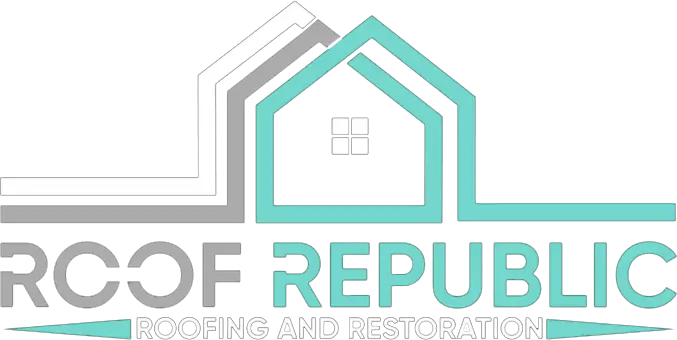
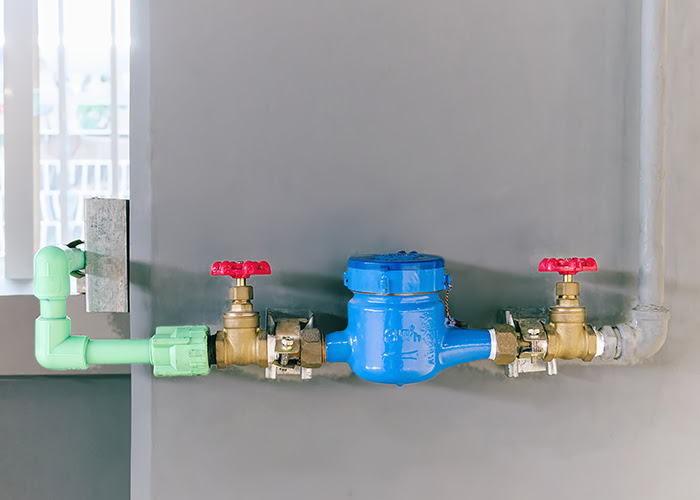
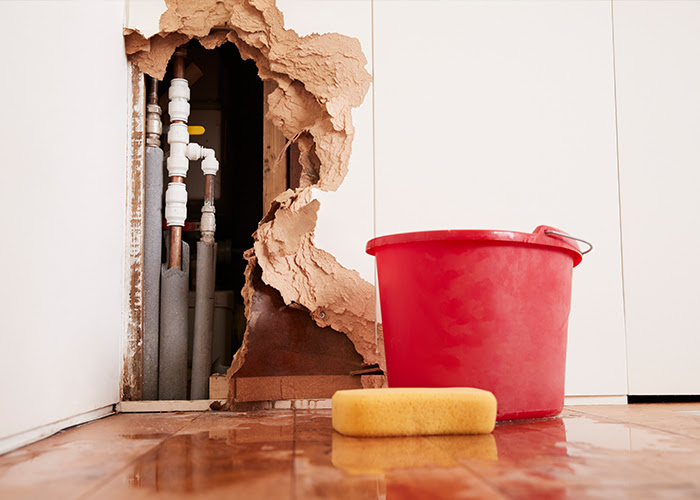
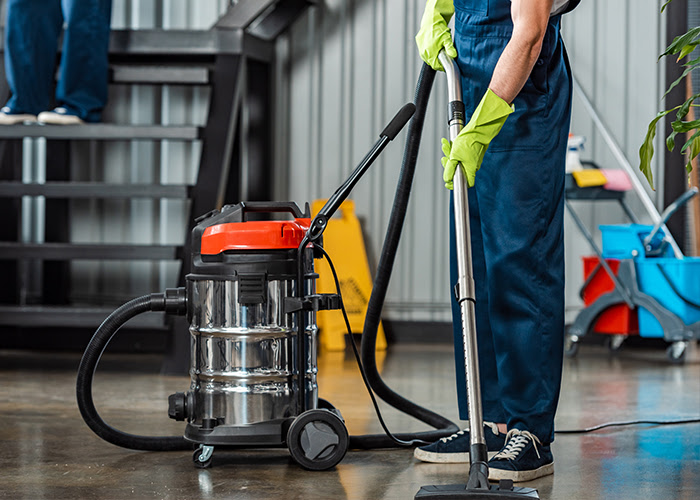
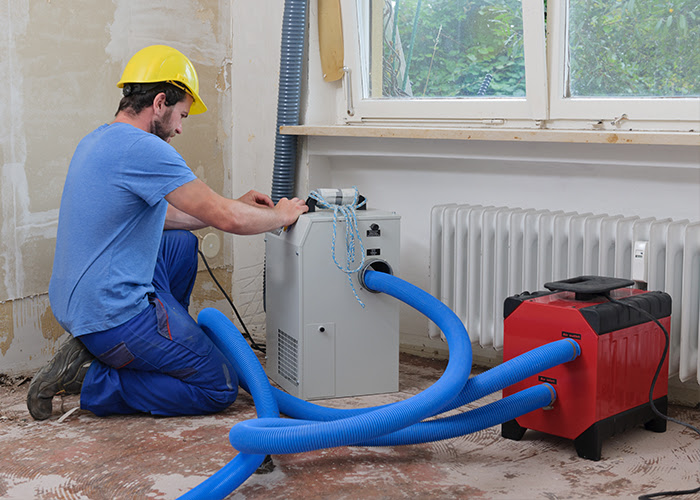
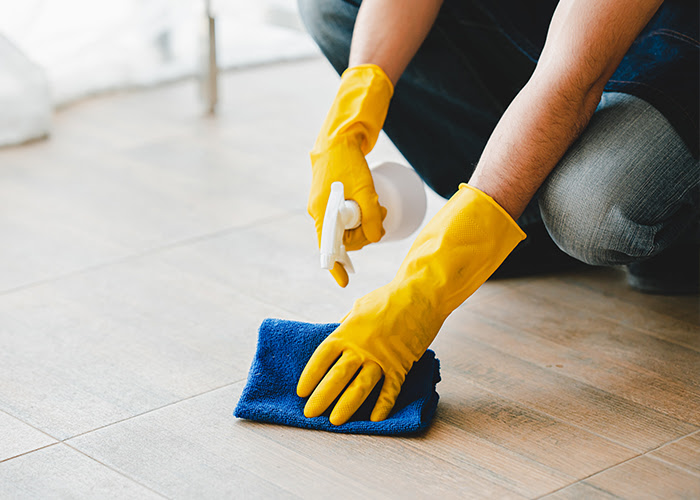

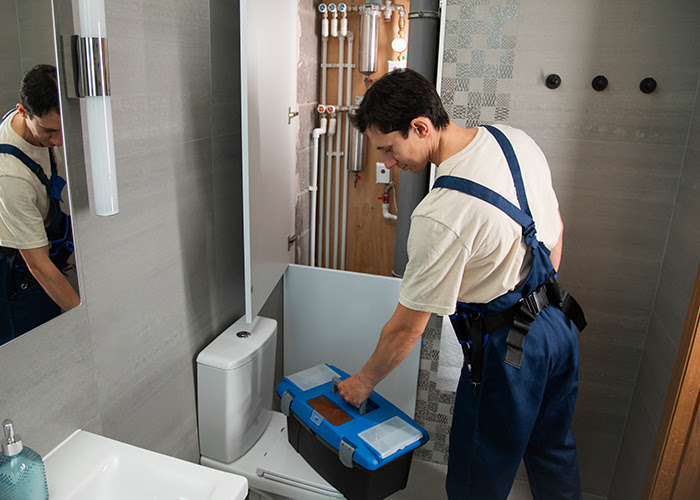

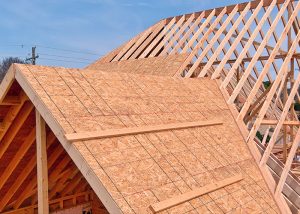

Comments
Sort by: